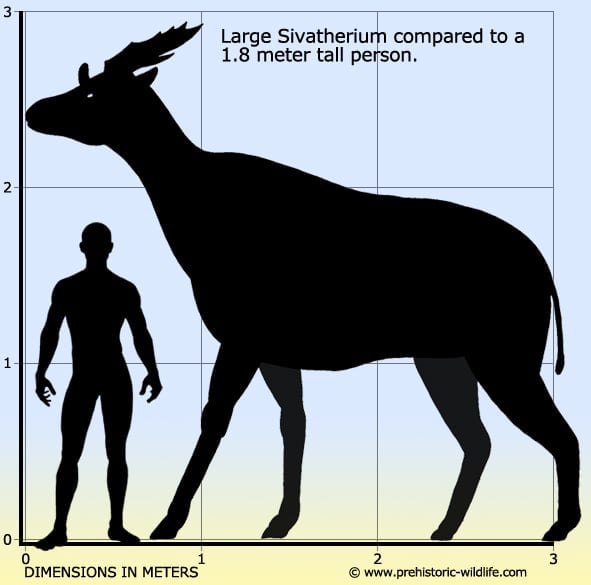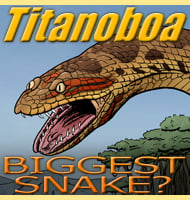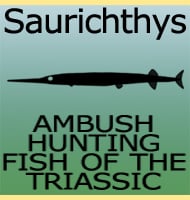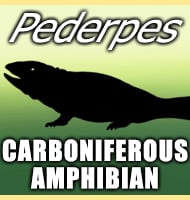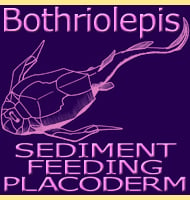In Depth
Initially thought to be some form of elephant and later an antelope, the correct identification of Sivatherium as a giraffe did not come about until Geoffroy Saint-Hilaire identified it as one. However this theory was not universally accepted until close analysis found that the skull horns would have been covered by skin like in giraffes, and not keratin like in antelopes. The skull ornamentation of Sivatherium is composed of two small ossicones (similar to those of a giraffe) that are above the eyes, and two larger horns that rise up from the back of the skull. It is these two horns that have given rise to the term ‘moose-like’ which is often applied to Sivatherium.
Moose-like has also sometimes been used to describe the general build of Sivatherium which has also has a strong build around the shoulders on a body that is supported by long relatively thin legs. Sivatherium likely had powerful neck muscles that supported and stabilised the head from the additional weight to the horns on top of it. This form may seem bizarre to us today, but many prehistoric giraffes had similar body proportions to Sivatherium and today the closest living animal in form is the okapi (Okapia johnstoni), another conservatively proportioned giraffe from central Africa.
Back in the early days of is discovery Sivatherium was once considered to have had a specialised soft tissue development around the mouth like a trunk or extended movable lip that would help it to reach and scoop up food from the ground. Today in light of the fact that we know Sivatherium to have been a giraffe this is highly unlikely for two reasons. First is that giraffes carry their heads high so that they can reach to feed from trees, something that reduces competition between them and other herbivores that can only feed from lower down. Second is that giraffes today have long prehensile tongues that they can wrap around branches to strip off surprisingly large amounts of vegetation. Although so far not known for certain, it would be reasonable to think that Sivatherium as well as many other prehistoric giraffes had similar tongues adapted for this way of feeding.
Further Reading
– On the Sivatherium giganteum, a new fossil Ruminant Genus, from the Valley of the Markanda, in the Siv�lik branch of the Sub-Him�layan Mountains – Philosophical Magazine Series 3 – Vol 9, issue 53 – Hugh Falconer M. D. & Captain P. T. Cautley – 1836. – Sivatherium maurusium (Pomel) (Giraffidae, Mammalia) du Pl�istoc�ne de la R�publique de Djibouti [Sivatherium maurusium (Pomel) (Giraffidae, Mammalia) Pleistocene of the Republic of Djibouti]. – Pal�ontologische Zeitschrift – Vol 59, issue3-4 p311-321 – Denis Geraads – 1985. – Pliocene Giraffidae (Mammalia) from the Hadar Formation of Hadar and Ledi-Geraru, Lower Awash, Ethiopia – Journal of Vertebrate Paleontology 33(2):470-481. – Denis Geraads, Kaye Reed & Rene Bobe – 2013. – The extinct, giant giraffid Sivatherium giganteum: skeletal reconstruction and body mass estimation. – Biology Letters. 12 (1): 20150940. – Christopher Basu, Peter L. Falkingham & John R. Hutchinson – 2016.
